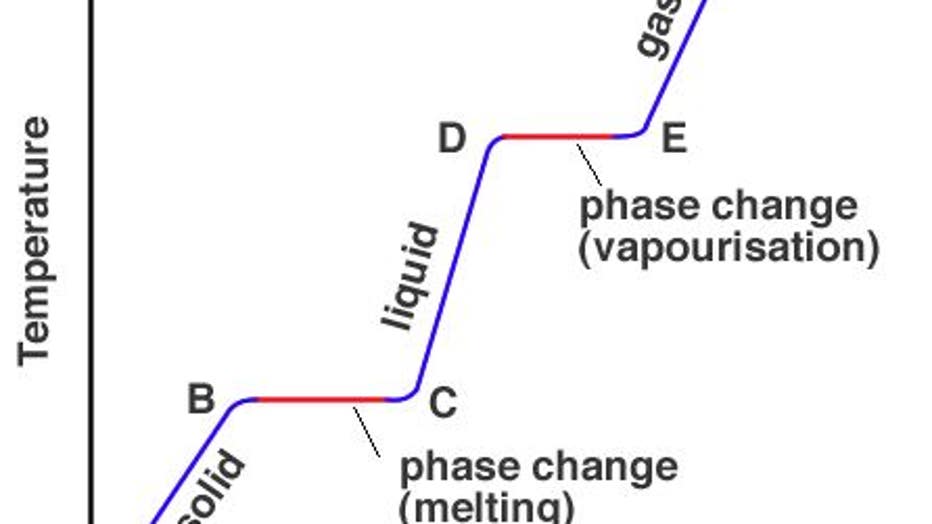Why it takes so long for snow to melt
After a couple of days with temperatures in the mid to upper 30s, you’d think our snowpack would be almost gone by now. If you’ve lived in Minnesota more than a couple of winters, you likely know that is just not going to be the case. But if temperatures get above freezing, why does it take so long for our snowpack to melt? Well, the answer is surprisingly complex.
Many physical properties go into creating snow in our atmosphere, how it packs onto the ground, and how quickly (or slowly) it melts. It’s not just as simple as the temperatures getting above 32°F. While that’s important, it’s just one of about a dozen variables that goes into snow melt.
Important variables include:
- Density of the snow. Wet versus dry snow. There is more water in wet snow than in dry snow. This will change the number of hours it takes with temperatures above freezing for it to melt.
- Air temperature. This is a bit more obvious as the further the temperature is above freezing, generally the faster it will melt.
- Solar radiation: Shortwave radiation from the sun is what heats the ground and therefore the atmosphere. The amount of solar radiation one area receives depends on cloud cover as well as sun angle. The higher the sun angle, the more efficient that solar radiation is to heating what it comes in contact with… in this case, it’s the snow.
- Wind speed: The higher the winds, the more efficient the melting and evaporation processes are which can speed up the reduction of the snowpack.
- Longwave radiation: The majority of our heat comes from the sun via shortwave radiation, but what many don’t know is that the Earth itself emits radiation because the core is also quite warm. This is a different form of radiation, which is far less efficient in warming the atmosphere, but still has an impact. But the frozen ground in the winter and a very cold snowpack acts as a barrier to that longwave radiation and can keep temperatures much cooler… especially overnight. With longwave radiation blocked, the snow can only melt from the top down, which adds to the length it takes to melt.
- Albedo: This is the term used to describe the overall reflectivity of an object. The scale is from 0 to 100 with the higher numbers representing a more reflective surface. Fresh snowfall has the highest albedo of any naturally occurring substance on Earth. It’s albedo number can be as high as 99… meaning that 99% of all light (and therefore the suns warming radiation) is reflected back into space. This is why you can get sunburned in the winter, especially while skiing or snowboarding. With older and dirtier snow, the overall albedo can be 60 or 70. At this rate, it soaks in more solar radiation and therefore can melt faster.
Ultimately though, these many factors don’t solely explain why it takes so long for snow to melt even though these are significant factors. The main reason is that it takes an incredible amount of energy to change a solid to a liquid in our atmosphere. We call it latent heat.
Latent heat is the energy it takes for a substance to change to a different state of matter. Like a solid to a liquid or a liquid to a gas. This is something that your thermometer can’t measure. Ice doesn’t turn immediately to water when it hits 32°F. It has to have a certain amount of time to build up enough energy on the surface of the ice for the ice to change state over to a liquid. This takes a surprising amount of time and enormous amount of energy compared to heating or cooling the air. This is also why when you pull an ice cube out of the freezer, it doesn’t just instantly turn to liquid in your hand. Look at the graph below courtesy of Splung.com.

There are two plateaus in the graph. At those points, the temperature does not change despite the constant addition of more heat. These plateaus represent the change in phase from ice to water and then water to vapor. Warming that ice up to 32° doesn’t take all that much energy in the grand scheme of things, but getting that ice to melt takes a lot more energy and therefore takes a lot more time. This is why our snow and ice take so long to melt when we finally do get above freezing.
So the next time the question arises on why it takes so long for our snow to melt, you now know it’s because of latent heat.

